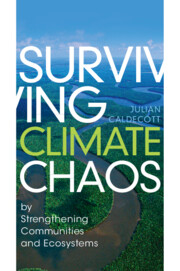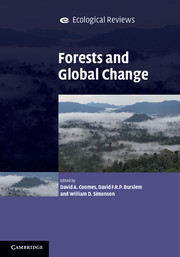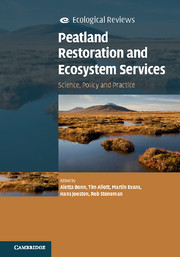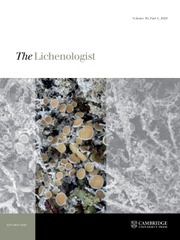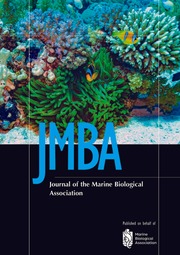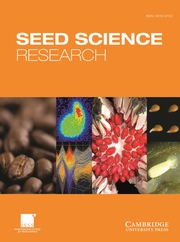Surviving Climate Chaos
Surviving climate chaos needs communities and ecosystems able to cope with near-random impacts. Their strength depends upon their integrity, so preserving and restoring this is essential. Total climate breakdown might be postponed by extreme efforts to conserve carbon and recapture pollutants, but climate chaos everywhere is now inevitable. Adaptation efforts by Paris Agreement countries are converging on community-based and ecosystem-based strategies, and case studies in Bolivia, Nepal and Tanzania confirm that these are the best ways forward. But success depends on local empowerment through forums, ecosystem tenure security and environmental education. When replicated, networked and shielded by governments, they can strengthen societies against climate chaos while achieving sustainable development. These vital messages are highlighted for all those who seek or have already found a role in promoting adaptation: for students, researchers and teachers, government officials and aid professionals, and for everyone who is now living under threat of climate chaos.
- Explains where strength (resilience, resistance, flexibility) comes from in complex social and ecological systems, what weakens them, how to strengthen communities and ecosystems against climate chaos, and why there are reasons both for fear and hope in current global circumstances
- Synthesises the Paris Agreement reports of 158 governments on national vulnerability to climate change and their efforts and needs in adapting to it, with thematic and geographic highlights, and adds case studies of successful adaptation efforts in Bolivia, Nepal, Tanzania and several cities
- Describes how to assess and design adaptation aid projects to maximise their potency and reliability through an adaptive synthesis of local governance, ecology and knowledge, while relating them to the aim of peace with nature and providing clear guidance to aid professionals, struggling governments and community networks.
Reviews & endorsements
‘Framing the text as a practical guide for how to think about and implement successful climate adaptation, Caldecott has crafted an essential, timely, thoroughly documented contribution, including almost 50 pages of cited references … Highly recommended.’ J. E. Grinnell, Choice Connect
Product details
November 2021Paperback
9781108793780
392 pages
228 × 154 × 19 mm
0.66kg
Available
Table of Contents
- Preface
- Acknowledgements
- Part I. Context, Tools and Systems:
- 1. Adaptation and the Paris Agreement
- 2. Chaos and Climate Emergency
- Part II. Understanding Climate Chaos:
- 3. Systems, Climate and Ecology
- 4. Making Systems Stronger
- Part III. Practical System Strengthening:
- 5. Community Forest User Groups in Nepal
- 6. Community Land Titling in Bolivia
- 7. Coastal Zone and Community Planning in Zanzibar
- 8. Liveable and Sustainable Cities
- Part IV. Global Perspectives:
- 9. Changing Ideas of Adaptation
- 10. Learning from the Adaptation Communications
- 11. Adaptation in Specific Geographies
- Part V. Conclusions:
- 12. Designing and Evaluating Adaptation Investments
- 13. Adaptive Thinking, Feeling and Acting
- Abbreviations and Acronyms
- References
- Index.

